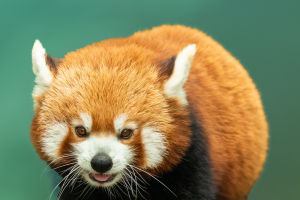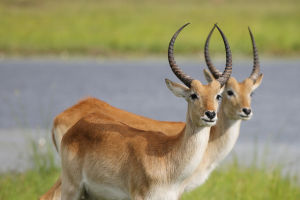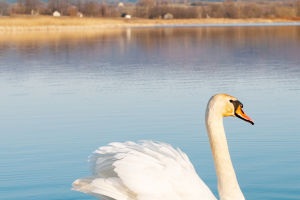Dragonflies are one of the most common insects in the world, with over 4,500 species. They belong to the Diptera family, which is the most common class of insects.
Dragonflies are found all over the world, and they are especially common in tropical areas, particularly in tropical and subtropical forests. These insects have distinctive characteristics, with a shape that resembles a flying light bulb and a small and delicate body.
Dragonflies are typically around 0.5 inches long, and they come in a wide range of colours, including black, red, blue, green, and brown. Their wings are covered in small, colourful dots, and their legs are adorned with fine-grained stem-shed scales that glisten in the sun.
Dragonflies have been around for a long time, with the first winged insects evolving around 300 million years ago. While modern dragonflies have wingspans of only 2 to 5 inches, fossil dragonflies with wingspans of up to 2 feet (roughly the length of an adult human arm) have been found.
Dragonflies have exceptional eyesight compared to other insects, which allows them to detect the movement of other flying objects. Their two huge hemispherical compound eyes enable them to see things in a spatial range of almost 360°.
Each compound eye contains as many as 30,000 ommatidia, which are capable of detecting very small flying prey. A dragonfly uses 80% of its brain to process all the information it receives through its visual organs.
Dragonflies are diurnal insects that are most active during the day. They frequently stop on flowers, leaves, and grasses to forage for food. They are incredibly fast fliers, capable of flying at speeds of up to 50 kilometres per hour and executing sudden turns in mid-air.
Dragonflies breed during the spring and summer, with females laying their eggs in water. Once the eggs hatch, they develop into larvae and spend several months or even years living in the water. After multiple moults, they eventually emerge as adults.
Dragonflies play an important role in ecosystems, as they are natural predators of other insects and can help control pest populations. They are also a food source for many animals, including frogs, birds, and fish.
In addition, dragonflies are a vital component of aquatic ecosystems, as they lay their eggs, hatch, and grow in water, helping to maintain the balance of these delicate ecosystems.
In many cultures, dragonflies hold special meaning. In China, they are considered a symbol of happiness, while in Japan, they are seen as a symbol of courage, strength, and warriors. In the European Middle Ages, dragonflies were considered sacred creatures that brought good luck and happiness.
Unfortunately, dragonfly habitats are increasingly threatened by human activities and environmental changes, leading to a significant decline in dragonfly populations. Protecting the ecological environment of dragonflies is critical, as it helps to preserve biodiversity and maintain the delicate balance of ecosystems.
People can help protect dragonflies by safeguarding water bodies and reducing the use of pesticides. Additionally, by learning about and observing dragonflies, people can deepen their awareness of the importance of protecting these vital insects and their habitats.
Dragonflies are elegant and essential insects that play a crucial role in maintaining the health and balance of ecosystems. Protecting dragonflies and their habitats is crucial for preserving biodiversity, maintaining ecological balance, and raising awareness of the importance of protecting our natural environment.


